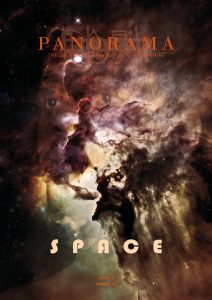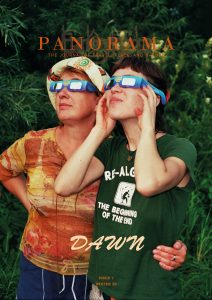The Man Who Could Move Clouds: A Memoir (Doubleday 2022) by Ingrid Rojas Contreras charts new territory in its genre by allowing for profound uncertainties about the history it recounts. The author’s Colombian roots and assimilation to United States culture have deeply impacted her identity, leading her to feel burdened by family expectations in addition to the effect that colonisation has had on blotting out indigenous identities.
The opening chapters grant insight into how the author’s and her mother’s lives parallel one another. At a young age the author’s mother suffers a head injury and loses her memory; years later, the author does too. In their family, a gift of supernatural shamanic abilities passes down from son to son. Rojas’s mother, although not part of this male line, receives the gift following her head injury. Despite the family’s hopes, her daughter, in turn, does not appear to acquire the gift herself. She resigns to being a ‘bad copy’ of her mother. Coming from a long ancestral line of curanderos (folk healers) and living in a state of flux in her family’s alternating residence between Colombia and the United States, the author recounts her struggles with the uncertainties of belonging. She questions her place in her gifted family line and grapples with pressures to let go of her indigenous culture in the United States amidst deep-rooted imperialistic legacies.
As in magical realist fiction, this memoir treats dreams and ghosts as normal phenomena for the author and for her cast of characters. Rojas’s mother possesses visionary abilities, dreaming of hidden information or future insights, and often ‘splinters’, as the author calls it, or ‘clones’ herself, to use her mother’s preferred term: she preternaturally presents herself to distant acquaintances as an apparition, while still existing elsewhere in her physical form.
In the wake of a strong central narrative, Rojas approaches the ending with poetic aspirations, but with uneven results. Her metaphorical diction confuses her point as the prose rambles towards the end. A sustained return to the principal image of the book’s title might have served to ground the accumulation of highly figurative flights of fancy in the closing pages. The title, The Man Who Could Move Clouds, refers to Rojas’s grandfather’s abilities as a curandero, though moving clouds does not constitute the central focus of the book, nor is it an especially significant power among the grandfather’s array of supernatural abilities. The ability to move clouds is scarcely more than a footnote in the memoir, in comparison to the curandero’s prominent powers of healing and divination.
Overall, this memoir defies expectations that readers may have of autobiographical texts. Instead of a comfortable chronology, Rojas narrates a sequence of questions regarding identity and relationships amid the uncertainty of family inheritance, including their cultural heritage and their hereditary curandero powers. The documentation she provides throughout the book (real photographs and scans of official records, albeit damaged, warped, or fragmentary) reminds readers that the events accounted for are, in fact, the experiences the author and her family have lived, yet are themselves ephemeral and vulnerable. Playing with the looseness of being uncertain, this unconventional memoir expands the borders of the genre to recount a story of struggles with cultural identity that may resonate with those who have endured the burdens of their ancestral past.











